Innovation in Sustainability: From Trash to Textiles
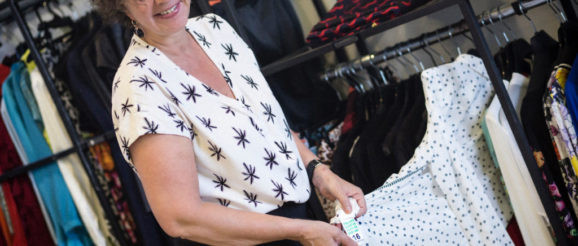
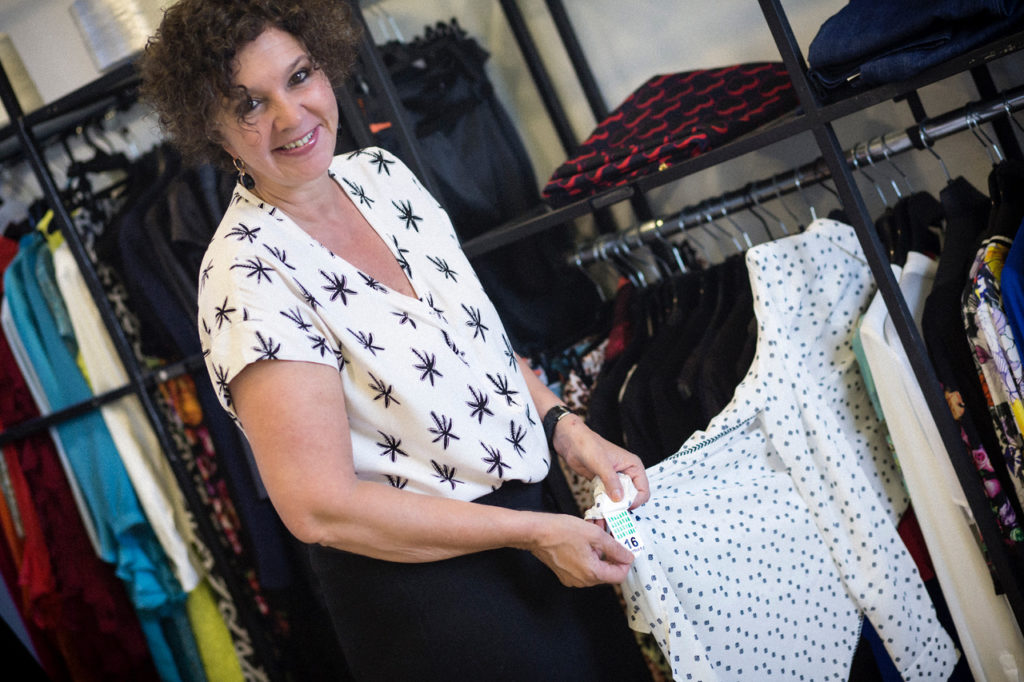 Monique Maissan is an Entrepreneurs’ Organization (EO) member in Shanghai, CEO of Vision Textiles, and founder of Waste2Weave. Monique has been a pioneer in sustainability in the notoriously environmentally unfriendly textile and fashion industry for more than 20 years. We asked Monique about her journey with sustainability and the challenges she’s experienced. Here’s what she shared.
Monique Maissan is an Entrepreneurs’ Organization (EO) member in Shanghai, CEO of Vision Textiles, and founder of Waste2Weave. Monique has been a pioneer in sustainability in the notoriously environmentally unfriendly textile and fashion industry for more than 20 years. We asked Monique about her journey with sustainability and the challenges she’s experienced. Here’s what she shared.
Creating beautiful products from textiles has always been a process that I love. However, I am appalled by the textile industry’s processes that pollute our environment—including the release of caustic chemicals and harsh dyes that harm our environment.
That’s why I started my company, Vision Textiles, in 1998, with a commitment to operate with sustainability at the forefront. We made it a priority to implement manufacturing processes that are environmentally friendly.
I was intrigued when I learned about a game-changing technology in 2006: the manufacture of fabric from recycled plastic bottles. I instantly realized that it was a rare opportunity to correct some of the many environmental wrongs in an industry where harmful and polluting processes were the norm.
I made it my mission to develop recycled plastic fabrics into a source of mainstream textiles. I knew this groundbreaking process had the potential to make a positive impact on people, Earth’s environment and our enormous global plastic waste problem. It became my purpose in life.
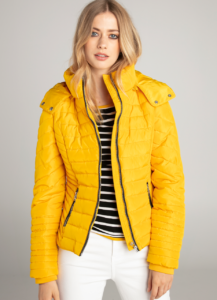 Have you ever said “no” to a project to make room for your greater purpose?
Have you ever said “no” to a project to make room for your greater purpose?
Years ago, a prominent retailer approached us with an offer to develop a small collection together. It would translate into orders of 250,000 to 500,000 pieces per style, and millions of US dollars in turnover. The retailer, however, only wanted to show five or six items and create an extensive campaign around the small collection to prove to the world that they were green. Despite this plan, they were not interested in an ongoing partnership, either with other sustainable clothing manufacturers or with us.
On top of that, they wouldn’t listen to suggestions about the packaging of the collection—which also must be sustainable in my book. Though our margins would be low, it would still have meant a significant cash influx for our start-up, Waste2Wear, at a time when we needed it.
Read Monique’s advice for other entrepreneurs interested in adopting sustainable practices.
However, I said no to the project. Their real intention was green-washing—using us to convince customers that they were a sustainable company. I knew this because the rest of the store featured many pieces which promoted the “fast fashion” culture of buy-use-throw away.
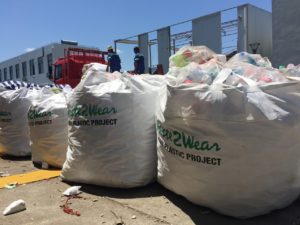 How do collaborations amplify your sustainability efforts?
How do collaborations amplify your sustainability efforts?
One of our biggest strategies is collaboration. Through years of innovative research and intentional transparency about our process, we have created a name for ourselves. Initially, nobody wanted our company name anywhere in the items we produced, but now the culture has shifted. Due to demand for transparency and traceability, we introduced Blockchain technology as a reliable method to verify all of that.
By joining forces with different companies and well-known (or even not so well-known) brands, we’ve implemented co-branding and joint marketing efforts on press releases, trade shows and social media campaigns. This enables us to highlight and amplify the efforts of all parties involved and creates increased awareness.
One great example is our Waste2Wear Ocean Plastic project. We collaborated with seven Dutch brands, two universities, NGOs and two different departments of the Chinese and Dutch governments on this project. All of the entities involved leveraged social media, TV, point-of-sale, labeling, hangtags and other methods to increase awareness for all of the brands and organizations that participated in this critical project. By working together, we extended our reach significantly.
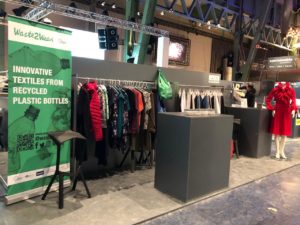 What are your current goals, both personally and professionally?
What are your current goals, both personally and professionally?
We are busy securing investments to scale up. I am hiring talented people in key positions to achieve that goal and developing new and better support systems.
Our strategic plan is to build a bigger, more mature organization, create new and diverse partnerships, and establish distribution channels in different markets for our current proven items―fabrics, bags, ladies’ apparel and kids’ garments. All of these factors will help our Ocean Plastic line with Blockchain traceability to become recognized on a larger scale.
At the same time, we continue innovating and developing in our R&D department with products for new markets, which is absolutely critical in order to stay relevant as a frontrunner in the textile industry.
Personally, now that we’re hiring talented, new people, I aim to achieve a bit more of a work-life balance. I hope to pick up painting again, join an interesting cooking class and read more books.
The post Innovation in Sustainability: From Trash to Textiles appeared first on Octane Blog – The official blog of the Entrepreneurs’ Organization.
